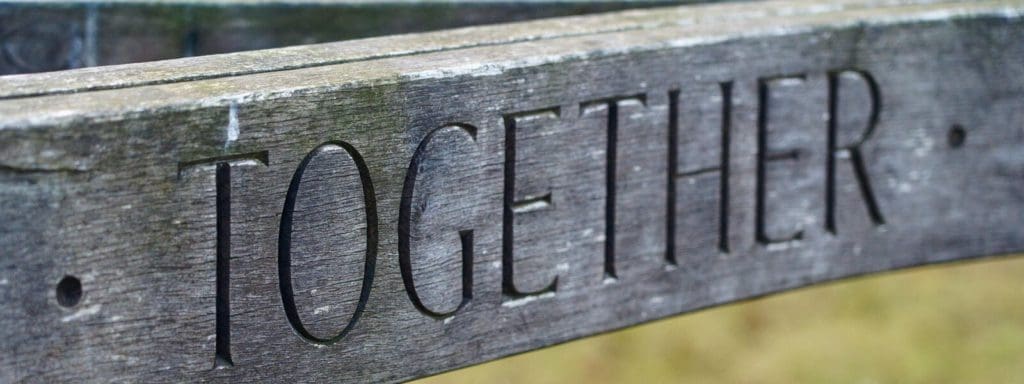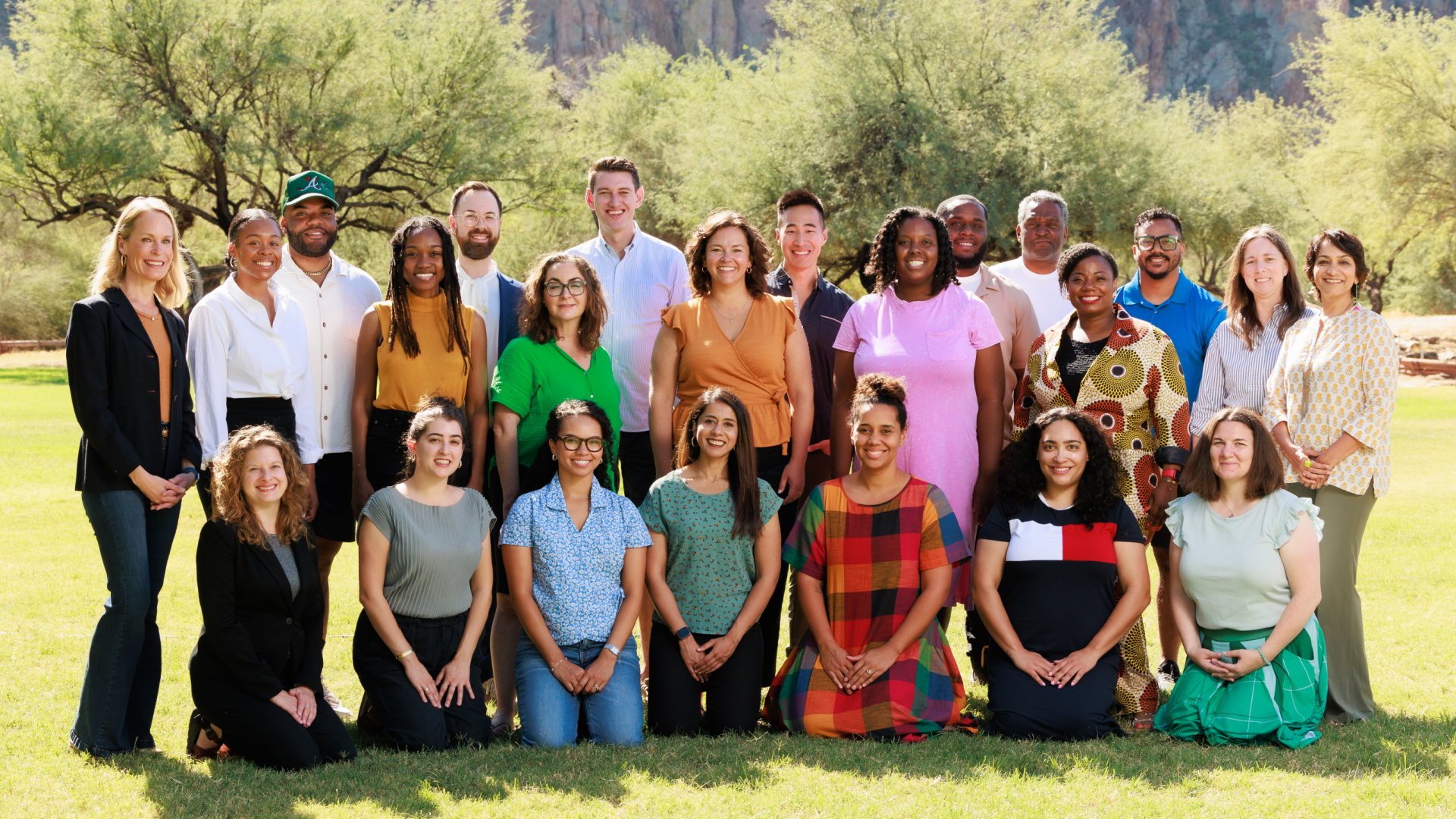Past experience with the Obama stimulus showed the need for constituents to be well aware of how federal dollars benefit local communities. In addition, recent experiences with census outreach and vaccine equity have shown us that trusted nonprofits are essential for policy effectiveness and ensuring a high degree of constituent legitimacy. With the American Rescue Plan allocating hundreds of billions of dollars across the country, it is essential for state and local governments to set up community investment boards (CIBs) that strengthen public-private partnerships and advance equity for frontline communities.
President Biden signed the American Rescue Plan into law on March 11, 2021, and most of the immediate economic impacts have come through payments to households averaging $1,400 per person, expanded child and income tax credits, and the extension of unemployment benefits through September. These provisions account for about 40 percent of the rescue plan ($835 billion), with an additional $350 billion allocated to states and localities, with an estimated $195 billion to state governments and $130 billion to local governments.
Federal aid to state and local governments is intended to support various public health and economic responses to the pandemic. As the U.S. Treasury Department noted in its April 2021 guidance, these funds cannot be used to offset revenue losses from legislative cuts to state and local taxes. Furthermore, the payments to states and localities will occur in two tranches spread across 2021 and 2022, with a December 2024 deadline to spend all funds.
Even with guidance from the U.S. Treasury, there is still considerable leeway in how these funds can be used. We believe that the White House and Congress can take a bold step forward in ensuring community accountability, by setting up community investment boards (or CIBs) that can provide advice, oversight, and evaluation of how these hundreds of billions of dollars are used.
It is by now well known that including impacted communities in decision-making tends to produce the most optimal results, as human-centered and community-centered design helps avoid costly mistakes in the implementation of policy solutions. One important recent example involved outreach for the 2020 Census, as the federal government, philanthropic institutions and, in many instances, state and local governments, set up diverse and inclusive tables that helped ensure effective allocation of investments to communities.
Thousands of places across the country set up Complete Count Committees, although some were more formally organized than others. In other communities, government agencies, and nonprofits came together independently, sometimes in partnership with the regional Philanthropy Serving Organization (PSO). In some instances, these state and local coalitions had budgetary decision making authority, while in others, they served as venues for relationship building and coordination that often led to collaborations that outlived the census effort, into COVID-19 relief and vaccine outreach.
Regardless of the setup, these collaboratives showcased key insights for future investments in building stronger communities:
- Government efforts work best when they include trusted messengers from faith-based and community-based organizations, and it is vital to continue valuing, resourcing, and empowering these trusted messengers.
- The more inclusive the coalition, the more likely it is to avoid costly mistakes such as duplicating outreach efforts, or leaving gaping voids in particular regions or communities.
- Local and state collaboratives work best when they are able to leverage national dollars with public, private, and philanthropic giving at the state and local level, along with the reach and expertise of nonprofit organizations that are able to move dollars to the most effective partners on the ground with speed and accuracy.
- The most effective tables are those with representation from local government, philanthropy, media, nonprofits, academia, business, arts as well as community advocates and youth.
We need these types of coalitions to become permanent parts of our state and local civic infrastructure, and we have an ideal opportunity to do so, with Community Investment Boards that enable thoughtful implementation of the American Rescue Plan and legislative design in the upcoming infrastructure bill (the American Jobs Plan) and annual budget. The role of CIBs would be to ensure that the recovery and infrastructure dollars maximize community benefit, and are not poured into the state coffers with little public accountability for their expenditure.
How might we structure these Community Investment Boards? Based on prior experience with census outreach and community development, we believe that these CIBs would best be structured with 9 to 15 community members, with at least one representative each from philanthropy-serving organizations, nonprofits, local government agencies, and other civic leaders. Half of the appointments would be made by members of the local Congressional delegation, and the other half appointed by the local jurisdiction receiving the funding (county or city).
The CIB’s charge would have visibility into budgets and proposed expenditures, ensuring that community expertise, lived experience, and needs are represented and keep the community informed and engaged. This would be a significant upgrade from the Obama-era stimulus, when the message did not reach far enough into communities for them to take advantage of the stimulus. These CIBs would bring accountability, legitimacy, and political support to the elected and appointed officials making decisions, laying the foundation for long-term success and impact in communities across the country adding to the ever critical civic infrastructure we saw work well during the 2020 Census and COVID-19 response and supported heavily by philanthropy.
Regardless of the solution, we need to stop thinking of investments in community partnerships as temporary and issue specific. Just as many community partnerships from the 2020 Census have been dismantled, we risk repeating the same mistakes with the COVID-19 response and future rounds of disaster relief and innovative opportunities for communities. Instead of building temporary structures that get discarded after every use, we have the opportunity to build more enduring civic infrastructure that can serve multiple uses and stand the test of time.
Maggie Gunther Osborn is president & CEO of Maryland Philanthropy Network. Karthick Ramakrishnan is professor of public policy, University of California, Riverside, founding director for the Center for Social Innovation, and founder of Census Legacies.



